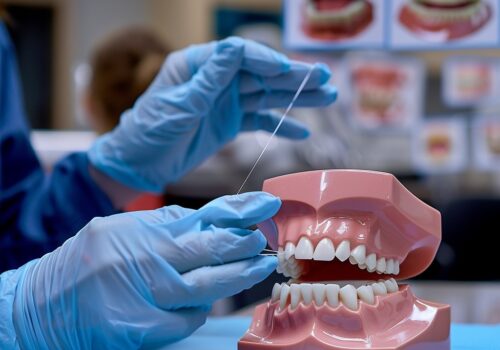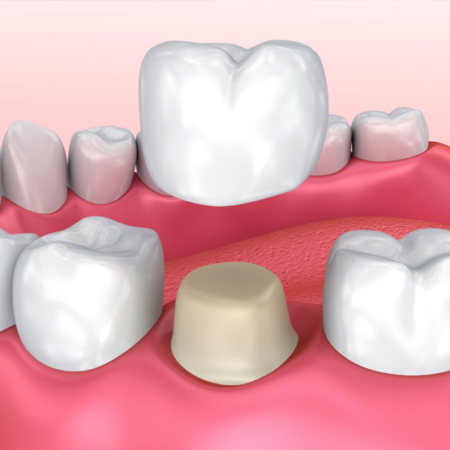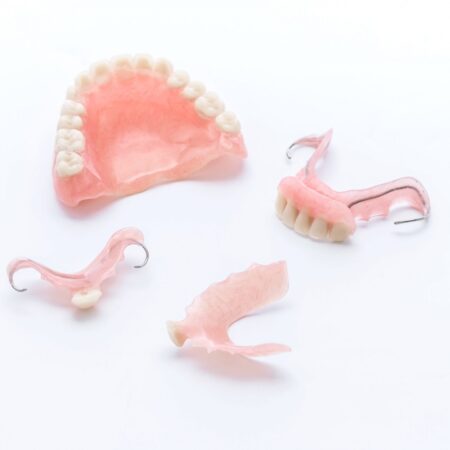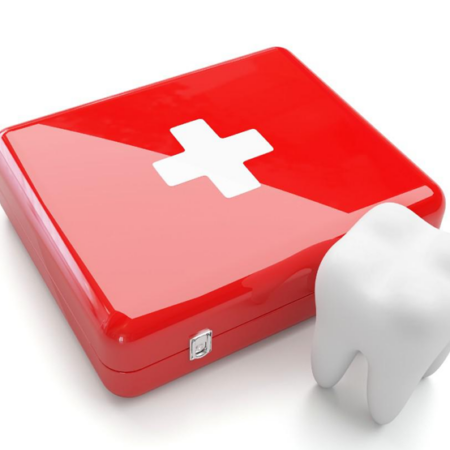
Sedation and analgesia are usually provided through an IV placed in a vein. Depending on the procedure, the level of sedation may range from minimal (you’ll feel drowsy but able to talk) to deep (you probably won’t remember the procedure). Moderate or deep sedation may slow your breathing, and in some cases, you may be given oxygen. Analgesia may also contribute to drowsiness. But even with deep sedation, you won’t be as unconscious, as you would be with general anesthesia. Even with deep sedation, you won’t be as unconscious, as you would be with general anesthesia.
The patient is in bed with a drip bag, regulator, and tubing.
Most patients wake up quickly once the procedure is over and the medications are stopped. Possible side effects include headache, nausea, and drowsiness, but you will likely experience fewer effects than you would from general anesthesia — and you’ll probably recover faster and go home sooner.
Sometimes IV sedation and analgesia will be combined with other types of pain control — such as local anesthesia, which involves one or more injections to numb a small area of the body, or regional anesthesia, which numbs a larger part of the body, such as from the waist down.
What are the levels of sedation?
The level of sedation a patient experiences depends on several factors, including the type of procedure you’re having and how your body responds to anesthesia. Your age, medical condition, and health habits may also affect the type of anesthesia you’ll receive. Regardless of the level of sedation, it’s important that an anesthesiologist be involved in your anesthesia care. An anesthesiologist is a medical doctor who specializes in anesthesia, pain management, and critical care medicine.
The main levels of sedation are:
Minimal
Minimal sedation will help you relax, but you will likely be awake. You’ll understand questions your doctor is asking and be able to answer as well as follow directions. This level of sedation is typically used when your doctor needs you to be involved in the procedure.
Moderate
You will feel drowsy and may even fall asleep during the procedure. You may or may not remember some of the procedures.
Deep
You won’t actually be unconscious, but you’ll sleep through the procedure and probably will have little or no memory of it.
Read / Why Some Kids Get Cavities Even If They Brush Their Teeth?














